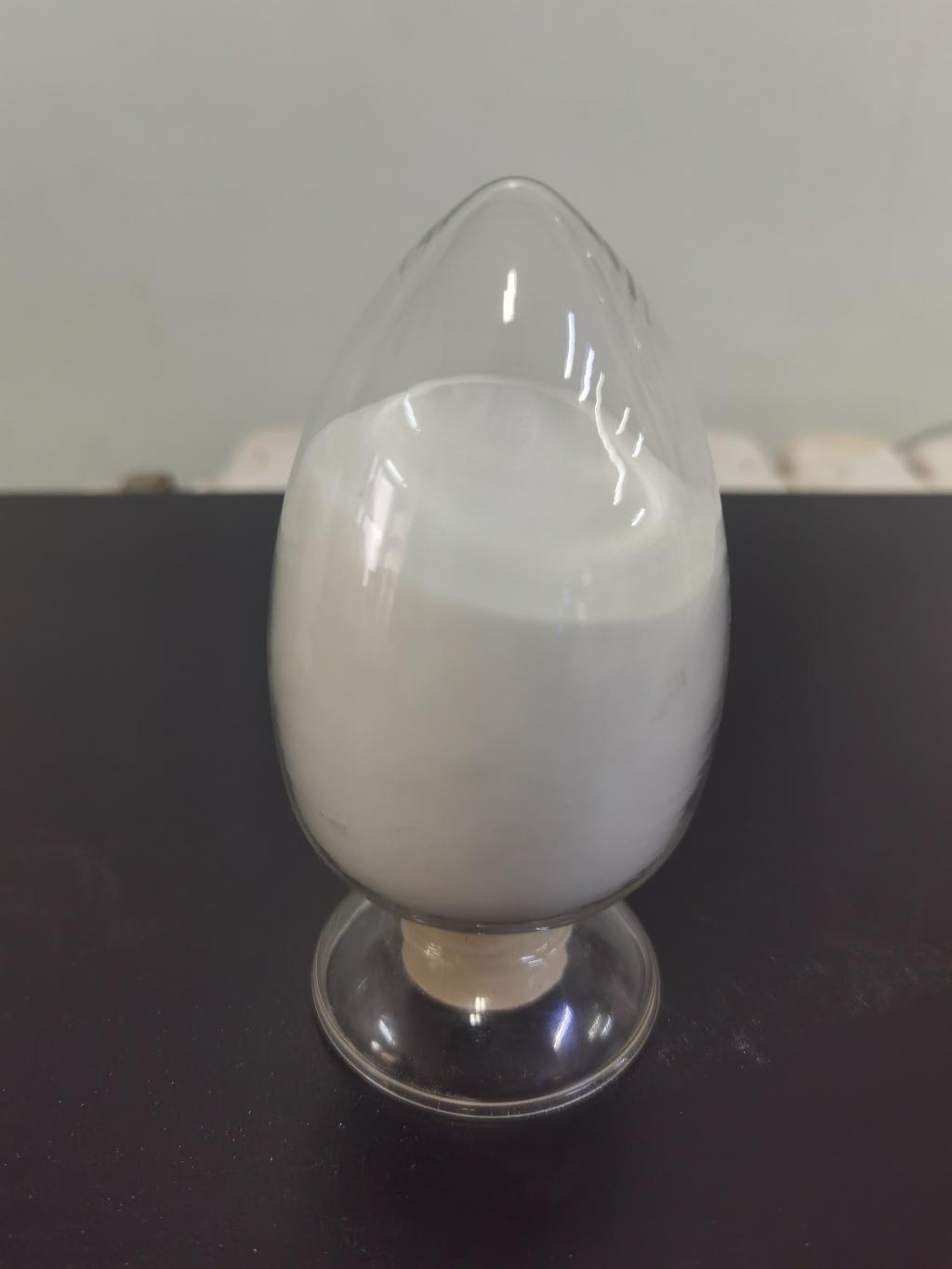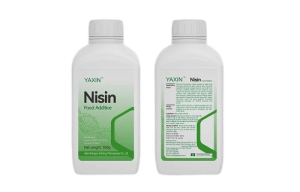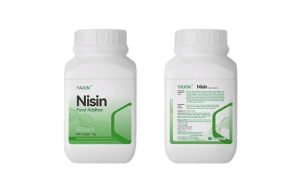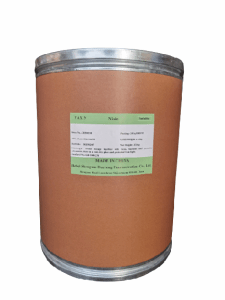Tel:+8618231198596

News
 CONTACT
CONTACT
 CONTACT
CONTACT
- Linkman:Linda Yao
- Tel: +8618231198596
- Email:linda.yao@dcpharma.cn
- Linkman:CHARLES.WANG
- Department:Overseas
- Tel: 0086 0311-85537378 0086 0311-85539701
News
Current Position:
Home >
News
>Comparison of ε-Polylysine hydrochloride with other natural antimicrobial agents
Comparison of ε-Polylysine hydrochloride with other natural antimicrobial agents
TIME:2024-10-29
Overview of Natural Antimicrobial Agents
Natural antimicrobial agents are substances derived from natural sources, typically recognized for their safety and effectiveness in inhibiting microbial growth. They are used in various food products to prevent spoilage, extend shelf life, and ensure food safety. The most widely studied natural antimicrobial agents include:
Nisin: A bacteriocin produced by Lactococcus lactis, effective primarily against Gram-positive bacteria.
Essential Oils: Concentrated plant extracts known for their antimicrobial properties, effective against a broad range of bacteria, molds, and yeasts.
Plant Extracts: Natural substances derived from various parts of plants (leaves, roots, seeds) that exhibit antimicrobial properties, often containing phenolic compounds or flavonoids.
Mechanisms of Action
ε-Polylysine Hydrochloride (ε-PL):
Mechanism: ε-PL exhibits its antimicrobial activity primarily through electrostatic interactions with microbial cell membranes. Its cationic nature allows it to bind to negatively charged surfaces, disrupting membrane integrity, leading to leakage of cellular contents, and inhibiting metabolic processes.
Effectiveness: Particularly effective against Gram-positive bacteria, molds, and some Gram-negative bacteria, ε-PL can maintain its activity across various pH levels and food matrices.
Nisin:
Mechanism: Nisin disrupts bacterial cell membranes and inhibits cell wall synthesis by binding to lipid II, a crucial component in bacterial cell wall formation. This action leads to cell lysis and death.
Effectiveness: Nisin is highly effective against Gram-positive bacteria, including pathogens like Listeria monocytogenes and Staphylococcus aureus, but is less effective against Gram-negative bacteria due to their protective outer membranes.
Essential Oils:
Mechanism: Essential oils contain various bioactive compounds (such as phenols, terpenes, and aldehydes) that can disrupt microbial membranes, denature proteins, and inhibit enzyme activity. The exact mechanism can vary significantly among different oils.
Effectiveness: Essential oils are effective against a wide range of microorganisms, including bacteria, molds, and yeasts. However, their efficacy can vary depending on the type of oil, concentration, and target microorganism.
Plant Extracts:
Mechanism: Plant extracts often contain phytochemicals with antimicrobial properties, such as phenolic compounds, flavonoids, and alkaloids. These compounds can inhibit microbial growth by disrupting cell membranes, denaturing proteins, and interfering with metabolic pathways.
Effectiveness: The effectiveness of plant extracts varies widely based on the source and extraction method. While some extracts can be highly potent against specific pathogens, their broad-spectrum efficacy may be inconsistent.
Comparative Effectiveness
When comparing the effectiveness of ε-Polylysine hydrochloride with other natural antimicrobial agents, several factors come into play:
Spectrum of Activity:
ε-PL and nisin are primarily effective against Gram-positive bacteria, while essential oils and plant extracts exhibit broader activity against both Gram-positive and Gram-negative bacteria. However, the effectiveness of essential oils and plant extracts can be influenced by factors such as extraction method, concentration, and food matrix.
Stability and Sensory Impact:
ε-Polylysine hydrochloride is stable across a range of pH levels and temperatures, making it suitable for various food applications without significantly impacting flavor or texture. Nisin also shows good stability but may be more sensitive to heat. In contrast, essential oils can impart strong flavors and aromas to food products, which can limit their application depending on consumer preferences.
Application Methods:
ε-PL can be easily incorporated into food products through mixing or as a coating, while nisin is often applied in fermentation or as a coating. Essential oils can be used in various forms, including emulsions, but their strong flavors may restrict their usage in certain applications.
Regulatory Acceptance:
ε-Polylysine hydrochloride and nisin have received GRAS status, allowing for broader regulatory acceptance in the food industry. Essential oils and plant extracts may require specific regulatory evaluations depending on their composition and intended use, which can vary by region.
Applications in Food Preservation
ε-Polylysine Hydrochloride:
Commonly used in dairy products, meat, and ready-to-eat meals, ε-PL effectively extends shelf life and maintains quality by preventing microbial spoilage. Its ability to inhibit molds and bacteria without altering sensory attributes makes it a popular choice in clean-label products.
Nisin:
Widely used in cheese production and meat products, nisin is effective in controlling spoilage organisms and extending the shelf life of perishable items. Its strong antimicrobial action makes it particularly valuable in ready-to-eat and refrigerated products.
Essential Oils:
Essential oils, such as oregano, thyme, and cinnamon, are utilized in a variety of food products for their antimicrobial properties. They are commonly used in sauces, dressings, and baked goods, though their flavor profiles may limit their application.
Plant Extracts:
Plant extracts are increasingly used in various food products, especially in the development of functional foods that promote health benefits. They are often incorporated into sauces, marinades, and snacks to enhance flavor and provide antimicrobial protection.
Conclusion
ε-Polylysine hydrochloride represents a valuable addition to the arsenal of natural antimicrobial agents available for food preservation. Its unique mechanisms of action, broad-spectrum efficacy, and compatibility with various food matrices position it favorably alongside other natural preservatives like nisin, essential oils, and plant extracts. As consumer demand for natural and clean-label products continues to rise, the ongoing research and development of ε-PL and other natural antimicrobial agents will play a crucial role in enhancing food safety, extending shelf life, and maintaining product quality in an increasingly competitive market. By leveraging the strengths of these natural preservatives, the food industry can ensure that products remain safe and appealing to consumers while minimizing waste and promoting sustainability.
- Tel:+8618231198596
- Whatsapp:18231198596
- Chat With Skype







